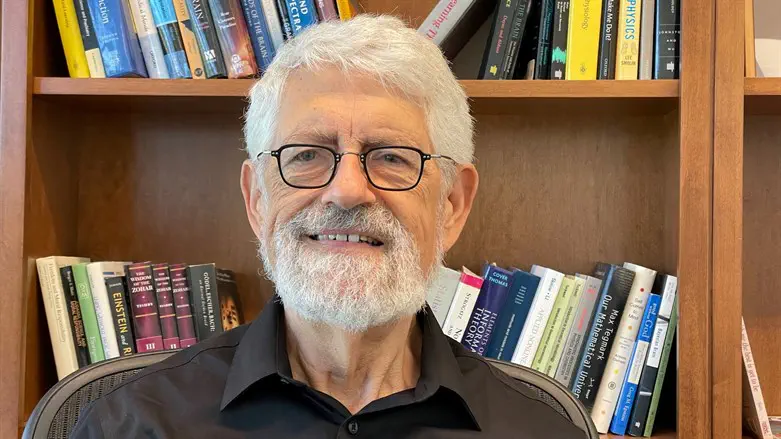
Dr. Haim Sompolinsky of the Hebrew University of Jerusalem (HU) is one of the 2022 Gruber Neuroscience Prize awardees for their seminal contributions to the fields of computational and theoretical neuroscience.
As datasets have grown ever larger and more complex, these fields have played an increasingly important role in helping scientists unravel the mysteries of how the brain functions in both health and disease.
The 2022 Gruber Prize honors individuals whose groundbreaking work provides new models and quantitate tools that inspire and enable fundamental shifts in our understanding of the brain and which will potentially have a profound impact on our lives. The Prize, which includes a $500,000 USD award, will be presented to HU and Harvard University’s Sompolinsky, Columbia University’s Larry Abbott, MIT’s Emery Brown and the Salk Institute for Biological Studies’ Terrence Sejnowski on November 13 at the annual meeting of the Society for Neuroscience in California.
“These four remarkable scientists have applied their expertise in mathematical and statistical analysis, physics, and machine learning to create theories, mathematical models, and tools that have greatly advanced how we study and understand the brain,” shared Professor Joshua Sanes, a member of the Selection Advisory Board to the Gruber Prize.
Sompolinsky’s pioneering research provided a deep understanding of attractor-network models that describe the collective behavior and informational processing of large, complex neural circuits in the brain. He has also described how the combination of neuronal excitation and inhibition lead to chaotic yet controllable patterns of activity in the brain—findings that have profoundly influenced our understanding of brain systems.
Professor Asher Cohen, President of HU, congratulated Sompolinsky, adding, “We are very proud of Professor Sompolinsky's wonderful achievements in general and the attractor and balanced state network models of complex circuit function that he created. His insights have not only transformed how neuroscientists do their research but point to new ways of treating the diseased brain.”
